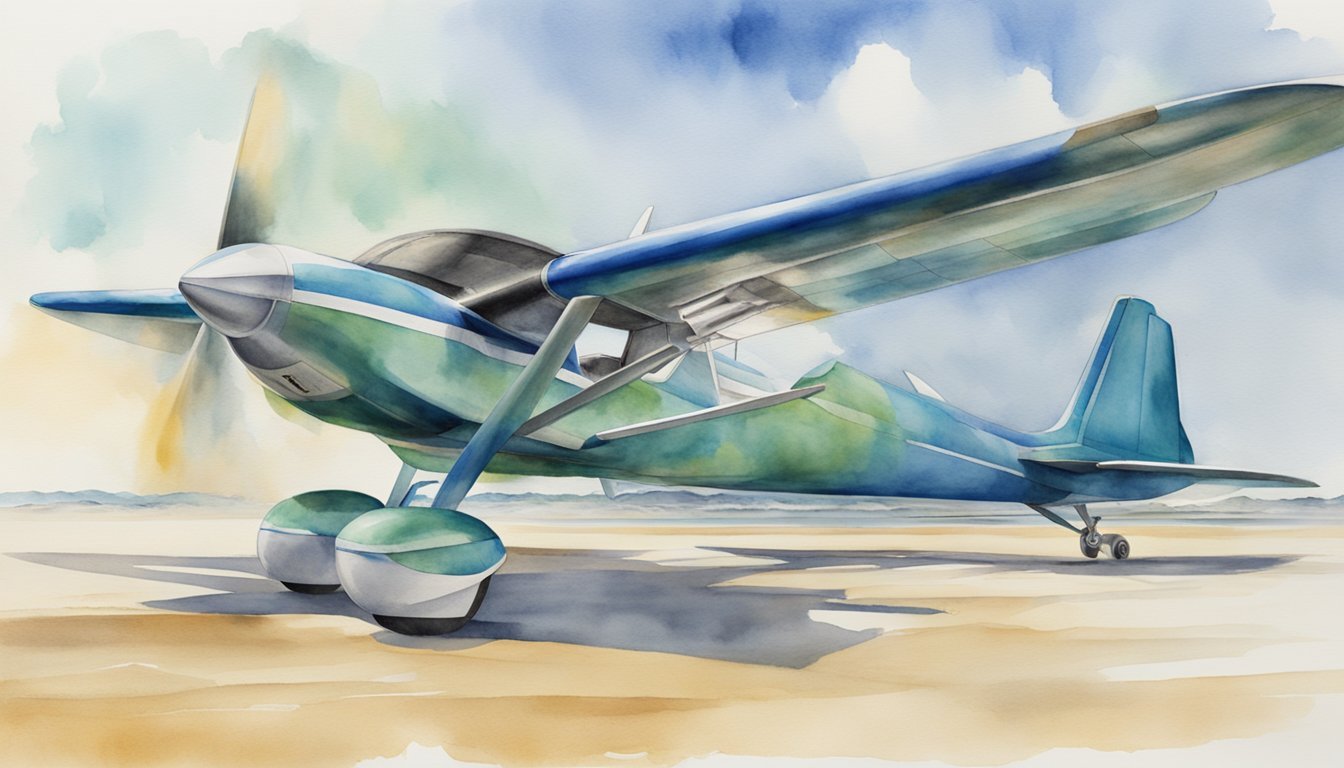Understanding Toroidal Propellers
Toroidal propellers represent a considerable leap in propulsion technology, blending innovative design with advanced physics to reimagine how we generate thrust.
Concept and Design
Toroidal propellers are distinct in architecture, employing a ring-shaped, or toroidal, form where each propeller blade is part of a closed loop. This stands in contrast to traditional propeller designs, where blades extend outward from a central hub. A company at the forefront of this design is Sharrow Marine, which has conducted numerous design trade-off studies to optimize the shape and performance. These propellers are crafted to not just improve performance but also to minimize the noise and increase the stability of the craft.
History and Innovations
The development of toroidal propellers has involved substantial R&D efforts, including those recognized by an R&D 100 Award. Helicopter blades and other blade tip devices have similarly been re-envisioned using the principles that underlie toroidal propeller design. The rich history of these innovations includes the use of Archimedes’ screw and evolved rotary propulsion concepts, reflecting a timeline marked by both incremental improvements and radical reconceptualizations.
Physics of Toroid-Induced Thrust
The thrust force generated by toroidal propellers arises from a complex interplay of aerodynamics and hydrodynamics. The toroidal shape manipulates the flow of air or water, creating vortices that differ significantly from those produced by conventional marine propellers. Experts use machine-learning techniques and optimization models to fine-tune the performance, ensuring the operational envelope is expanded without sacrificing stability or efficiency. The physics of these propellers is a testament to the power of twisting loops and the revolutionary potential of wingtip devices.
Through understanding the design and functionality of toroidal propellers, we gain insights into the next generation of advanced craft propulsion.
Practical Applications and Benefits

Innovative advancements in toroidal propeller technology herald potentially transformative benefits for various industries, noticeably reducing noise and enhancing vehicle performance in both marine and aviation sectors.
Marine and Aviation Usage
Toroidal propellers are a recent development that could drastically change the propulsion systems of boats and aircraft. These propellers, characterized by their donut-like, ring-shaped design, provide enhanced efficiency over traditional propellers. In marine applications, they can optimize thrust and maneuverability, potentially increasing the speed and range of boats. For aviation, particularly with drones and multirotor unpiloted aircraft, toroidal propellers offer promises of extended flight durations and more stable flight capabilities in windy weather.
Noise and Vibration Reduction
One of the most significant advantages of toroidal propellers is their ability to reduce noise and vibration levels. This is particularly beneficial in densely populated cities where drone noise can be a disturbance. The unique design minimizes the creation of tip vortices, which are a primary source of noise in conventional propellers. As a result, drones equipped with toroidal propellers operate more quietly, significantly lowering their acoustic signature and making them ideal for uses such as cinematography, infrastructure inspections, and agricultural monitoring that require minimal disturbance.
Environmental and Economic Impact
Toroidal propellers offer an array of environmental and economic benefits. By improving propeller efficiency, there is a direct impact on fuel consumption, leading to lower operational costs and reduced environmental impact for boats. Moreover, the robustness of these propellers in maintaining efficiency across various speeds means there’s less energy loss at mid-range RPMs, which is where boats and drones often operate. The main challenge remains in overcoming the higher manufacturing costs due to the complex geometry of these propellers. However, as the technology matures and scales, it is expected that the increased initial expense will be offset by the overall savings and advantages they offer.

